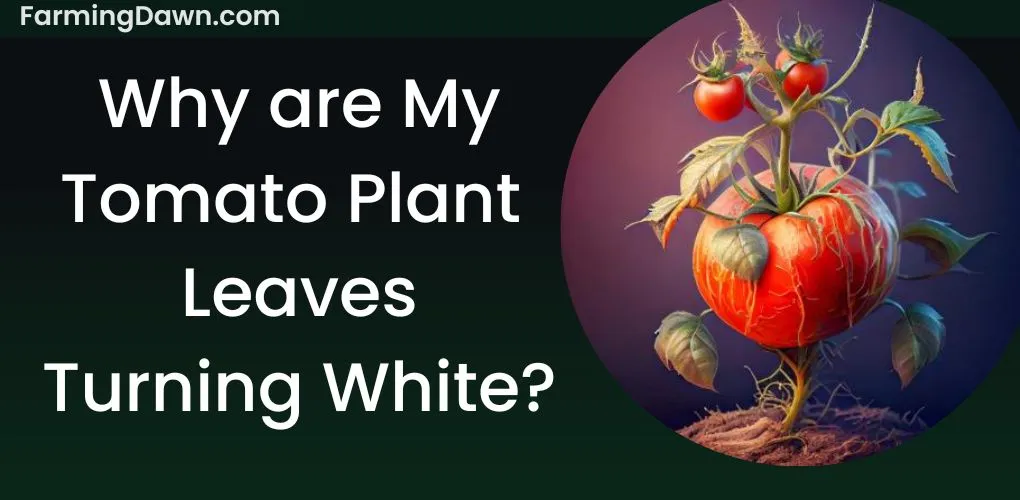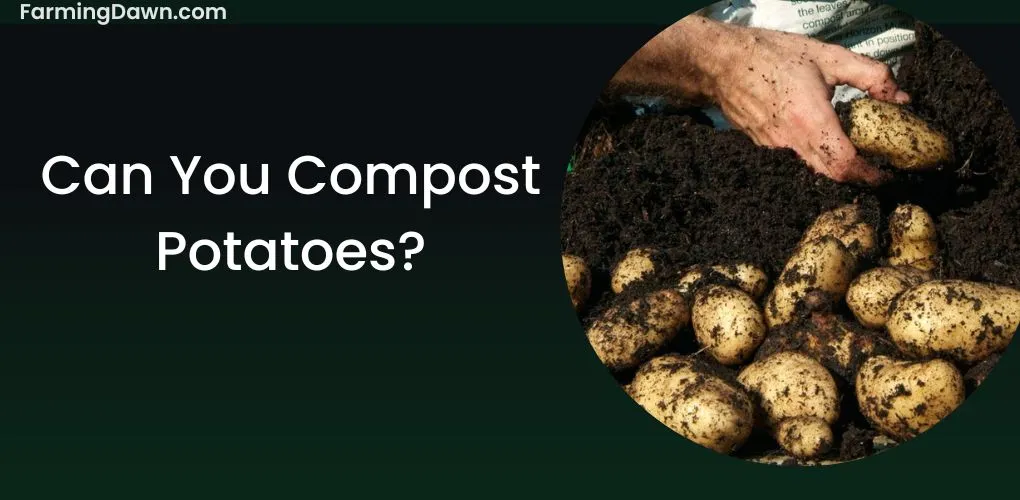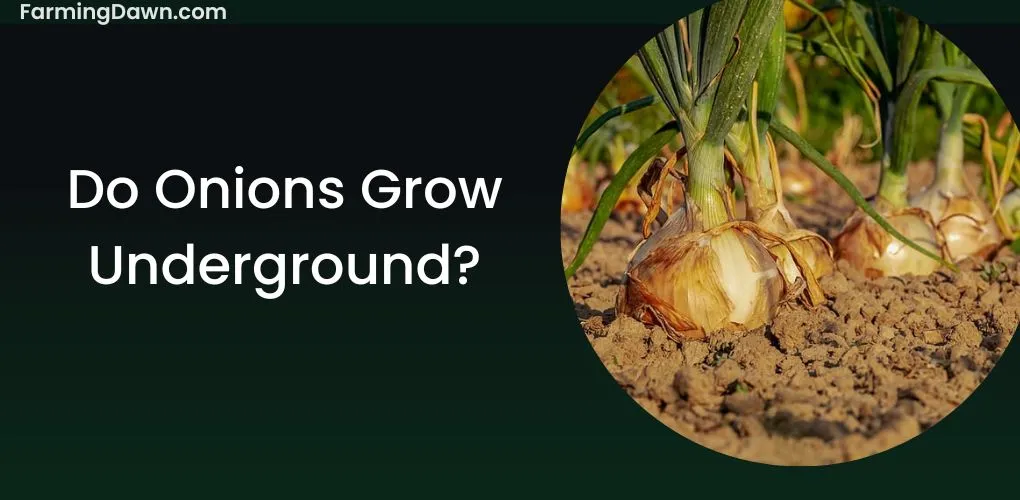It is so irritating for a gardener to witness his tomato plant leaves turning white. Although this discoloration is a warning that there is a problem, it is frequently controllable. But why are my tomato plant leaves turning white and curling?
Today I will list all the reasons why tomato plant leaves turn white and provide tips on how to fix the problem so that you can get back to enjoying healthy and bountiful tomato plants.
Why Are My Tomato Plant Leaves Turning White And Curling?
You plant can start producing white leaves due to the following reasons:
- Fungus Reasons
- Excess or low Nutrients
- Exposure to Sunlight(Sunscald)
- Low Temperature
Fungal Reasons for Tomato Plants with White Leaves
Powdery mildew is one such fungal illness that affects tomato plants and results in the leaves turning white.
A specific type of fungus that grows on the surface of the leaves and coats them with a white, powdery covering causes this disease.
The impacted leaves could become yellow, curl, or even appear covered in a fine, white powder. If the fungus isn’t treated quickly, it might quickly spread and cause terrible damage to the tomato plant’s health.
Nutrients Causing Leaves Turning White in Tomatoes
Lack of nutrients
The discoloration in leaves is also caused by a lack of nutrients, specifically:
- Magnesium
- Calcium
- and Sulfur.
Magnesium is essential for creating chlorophyll, and a shortage of this results in the yellowing of the leaf veins.
Lack of calcium causes stunted growth and white areas on the leaves because calcium is necessary for constructing cell walls. Sulfur is a component of necessary amino acids.
Therefore, sulfur deficiency results in stunted development and white or yellow discoloration on the leaves.
Feeding tomato plants with a balanced and sufficient amount of vital nutrients is crucial to avoid these nutrient shortages.
Excess of nutrients
“Nutrient burn” is when tomato leaves turn white due to an excess of nutrients in the soil.
This happens when a plant consumes an excessive amount of a particular mineral, such as nitrogen, which causes the chlorophyll in the leaves to degrade and makes the underlying white and yellow pigments more noticeable.
This discoloration can begin at the leaf tips and progress across the entire leaf, finally causing yellowing, wilting, and death of the plant.
Exposure to Sunlight
The leaves of tomato plants may begin to turn white if subjected to large amounts of direct sunlight. This is referred to as sunscald, and tomato plants frequently experience it.
UV rays from the sun can destroy leaf cells and render them white, which causes sunscald. In addition to being ugly, this can weaken the plant and make it more vulnerable to infection.
Will tomato plants recover from sunscald? Below I have explained it in detail.
Low-Temperature Exposure
The leaves of the tomato plant may turn white when exposed to cold temperatures for a lengthy period (below 50°F). This discoloration results from the plant’s defense mechanism to fend off against the cold.
The white, waxy substance that coats the leaves serves as a barrier, minimizing the water lost through transpiration and assisting the plant in energy conservation.
Although the plant may not be harmed by this white covering, it can change the fruit’s flavor and look.
Can White Leaves Turn Green Again?
While there is no way to reverse the white discoloration of the leaves, the plant can be fertilized with a magnesium-rich fertilizer or dolomitic lime to prevent further discoloration and potentially promote new green growth.
Forward, I have discussed in detail to fix white leaves and get a fruitful harvest.
How to Fix Tomato Plant Leaves Turning White
You can fix all these issues by following these simple steps:
- Proper Hardening
- Control Fungi Growth
- Provide Proper Nutrients
- Control Pests (using natural or chemical)
- Solutions to sensitivity to cold temperatures
Proper Hardening
Hardening gradually exposes young plants to outdoor conditions, such as sunlight, wind, and temperature fluctuations, to strengthen their resilience and prepare them for transplanting.
Tomato seedlings that have not been adequately hardened off are more prone to sunscald, a condition where the leaves become white from exposure to bright sunshine.
Reduced yields and stunted growth may follow from this.
The cells in the leaves of the plants thicken throughout 7 to 10 days as they gradually acclimatize to outdoor circumstances, enabling them to better withstand intense sunshine and lowering the danger of sunscald.
Control Fungi Growth
You can prevent powdery mildew and keep your tomato leaves green and healthy by regulating the growth of fungi through proper plant care, such as avoiding overcrowding, allowing good air movement and moisture, and using fungicides.
Provide Proper Nutrients
Your tomato plants will remain healthy and productive if you feed them a balanced diet with enough magnesium. In doing so, you’ll help stop the leaves from turning white.
This can be accomplished by fertilizing frequently or using a fertilizer made especially with magnesium for tomatoes.
You can make sure that your tomato plants stay lush and alive and continue to produce excellent, nutrient-rich tomatoes for you to enjoy by feeding them properly.
But be careful and do not provide them with over nutrients, as this can also lead to discoloration. Above I have already explained it in detail.
Control Pests
Using natural pest control methods
Using natural approaches is one of the most significant ways to eliminate pests on tomato plants.
This involves utilizing pest-repelling companion plants, such as marigolds, or predatory insects, such as ladybirds, to consume the problems.
A vigorous burst of water to flush off bugs from the plant’s leaves is another natural remedy.
By using chemical safeguards
In some cases, natural pest control methods may not be enough to prevent white leaves on tomato plants. Chemical controls may be useful in these circumstances.
Neem oil, insecticidal soap, and pyrethrin are typical chemical pesticides used on tomatoes.
Solutions to sensitivity to cold temperatures
One effective way to protect your plants from low temperatures is by covering their plants with blankets or plastic covers, especially during cold nights.
Additionally, it’s essential to ensure the plants are positioned in a spot with ample sunlight and away from frigid breezes.
Maintaining the temperature between 60 and 70°F will encourage healthy growth and prevent the plants from going through further stress.
Extra light and warmth could be provided, especially in the winter, by using a grow lamp.
How much water do tomatoes need?
Tomatoes typically require 1-2 inches of water each week, either from irrigation or rainfall. However, depending on the environment, the kind of soil, and the stage of growth, a tomato plant’s precise water requirements can change.
To reduce stress and moisten the ground in hot, dry weather, tomato plants may require more regular watering.
Over-watering can also be a problem, which can cause root rot and other infections.
Consider the soil moisture when deciding how much water to give your tomato plants, and water thoroughly so the water can reach the roots.
Will Tomato Plants Recover From Sunscald?
If the sunscald only damages a few fruits and the plant is generally healthy, it might recover and produce more fruit.
The plant is unlikely to recover if the sunscald is severe and affects a sizable portion of the fruit. In this case, it is best to remove the harmed fruits from the plant and shield the other parts of the plant from direct sunlight.
Solutions to Tomato Sunscald
Growing tomatoes under a canopy of leaves or using shade cloth both work well to provide plants enough shade to prevent sunscald.
Regular watering of the plants, which keeps the soil moist and helps control the temperature surrounding the fruit, is another option.
Furthermore, frequent foliage cutting can improve airflow and stop the development of too much heat.
Additionally, it’s crucial to remember that sunscald can be entirely avoided by giving your tomato plants the proper attention.
The correct amounts of fertilizer, mulch, and water must be added to the soil to maintain moisture and lessen plant stress.
To stop the spread of illness and encourage healthy growth, keep an eye on your plants and remove any harmed or sickly fruit.
Can Tomato Plants Be Cured Of Nutrient Deficiencies?
Yes, nutrient deficits in tomato plants can be treated by adding the necessary nutrients to the soil with fertilizers or soil amendment.
By monitoring the signs on the plant, such as yellow leaves for a nitrogen deficiency or stunted development for lack of potassium, it’s critical to pinpoint the precise nutritional deficiency.
Once it has been determined which nutrient is lacking, it can be provided to the soil using compost or fertilizer, especially for tomatoes. Future nutrient deficits can also be avoided with regular soil testing.
So long as the damage is minimal and the plant is in good health, burnt tomato plants can recover.
Why Are My Tomato Leaves Turning Yellow?
Overwatering is among the most frequent reasons why tomato plants develop yellow leaves. Too much moisture in the soil can lead to the plant’s roots rotting and losing their ability to function.
In addition to restricted development and a lower yield, this may cause the leaves to turn yellow.
Underwatering
In contrast, if your soil is overly dry, your tomato plants may begin to wilt, and their leaves may turn yellow. The plant isn’t getting enough water to perform correctly, which is why this is the case.
Deficiencies in Nutrients
Yellow leaves on your tomato plants may also indicate a lack of nutrients. The most specific nutrients that tomato plants require to develop significantly and be healthy are nitrogen, phosphorus, and potassium. Yellow leaves and stunted growth are indicators of nutritional deficiency in these areas.
Pest Diseases
Yellowing leaves on tomato plants can also be brought on by some illnesses, such as blights.
Act quickly to start preventing the illness from affecting other plants if you suspect that your tomato plants may be contaminated.
Yellowing leaves on tomato plants can also be caused by pests like mites and aphids. If you see little yellow spots on the leaves of your tomato plants, it is a good idea to look for problems and take the necessary steps to control them.
When Is The Best Time To Transplant Tomato Seedlings?
Tomato seedlings should be transplanted as soon as they are 2-3 inches tall and have several genuine leaves. This often happens 6 to 8 weeks after the seeds are sown.
It’s crucial to transfer the seedlings while it’s warm outside and there isn’t a chance of a frost.
When seedlings are transplanted at this stage, the plant will have plenty of time to establish itself and bear a healthy crop before the arrival of colder weather.
Furthermore, transplanting seedlings when they are young helps to avoid transplant shock and makes it easier to manage the plants.
Why Are My Tomato Plant Leaves Turning White And Curling? Final Thoughts
To conclude this topic, I will say that understanding the root cause is crucial in treating the problem and ensuring the health and productivity of your tomato plant.
I hope this post answered all your queries about tomato plant leaves turning white and how to fix them. If you have any other questions, tell me in the comments:
Each plant has its growth habit and prevention measures. Read my other articles to learn more:






